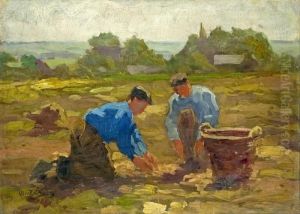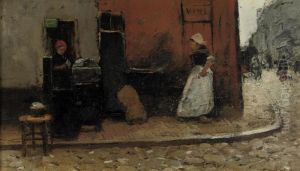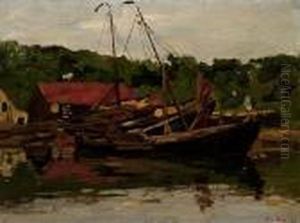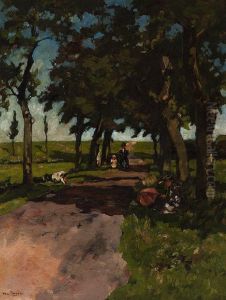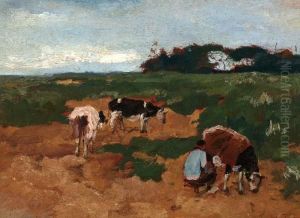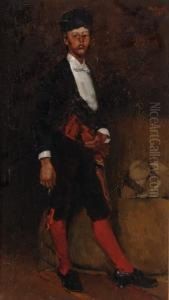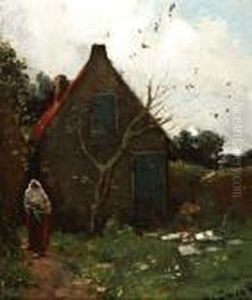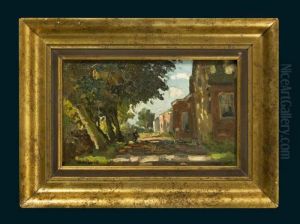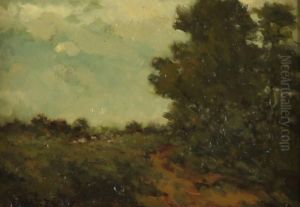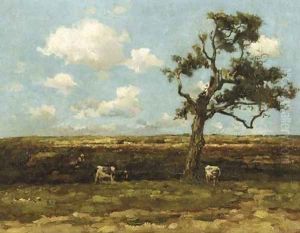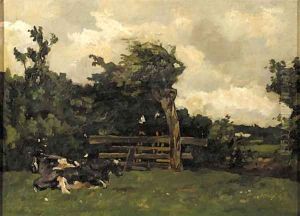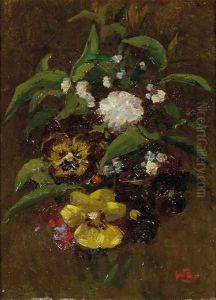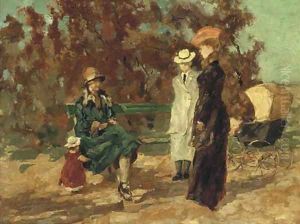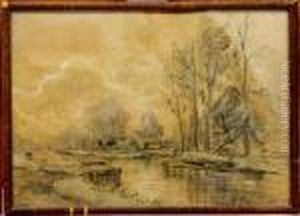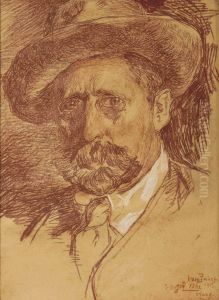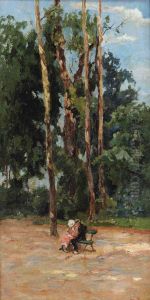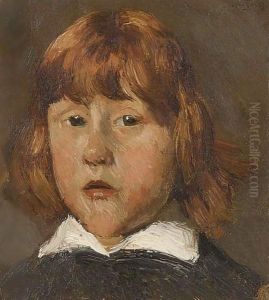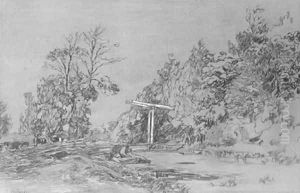Willem de Zwart Paintings
Willem de Zwart was born in The Hague, Netherlands, on May 16, 1862. He was a prominent Dutch painter, known for his role in the transition from the 19th-century Hague School tradition to a more modern style of painting in the early 20th century. His work is characterized by a bold use of color and a dynamic brushwork that was quite distinct from the more subdued tones and precise techniques of his Hague School predecessors.
De Zwart studied at the Royal Academy of Art in The Hague and was influenced by the Hague School of painting, which was known for its realistic depictions of the Dutch countryside. However, he gradually developed his own style, incorporating impressionist techniques and brighter colors. He was particularly known for his landscapes, cityscapes, portraits, and still lifes.
Throughout his career, de Zwart traveled extensively in the Netherlands, often drawing inspiration from the Dutch countryside and urban scenes. He lived and worked in various cities, including Amsterdam, where he was influenced by the bustling urban environment. De Zwart's paintings often depicted everyday scenes filled with light and shadow, which he conveyed with lively brushstrokes and contrasting colors.
In addition to painting, de Zwart was also a skilled draftsman and watercolorist. His drawings and watercolors exhibit the same vibrancy and spontaneity found in his oil paintings. Despite his talent, he never achieved the same level of fame as some of his contemporaries. Nevertheless, his work was appreciated by art collectors and the public, and he participated in a number of exhibitions throughout his career.
Willem de Zwart's contribution to Dutch art was significant, as he bridged the gap between traditional and modern painting styles. His artistic legacy is preserved in various Dutch museums, including the Rijksmuseum and the Gemeentemuseum Den Haag. De Zwart passed away on December 11, 1931, in The Hague, leaving behind a body of work that continues to be admired for its vitality and expressive use of color.









